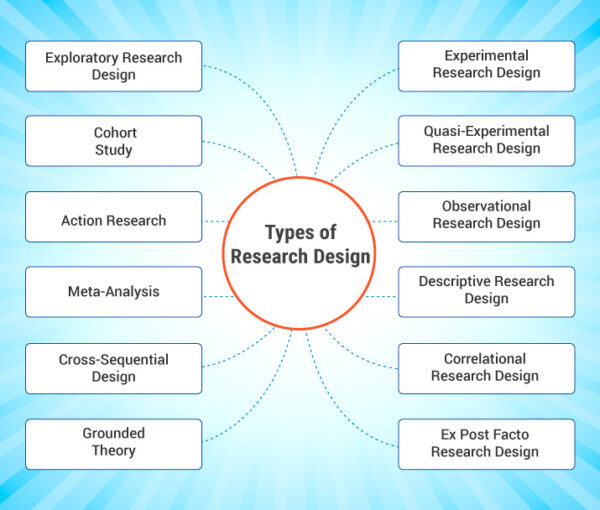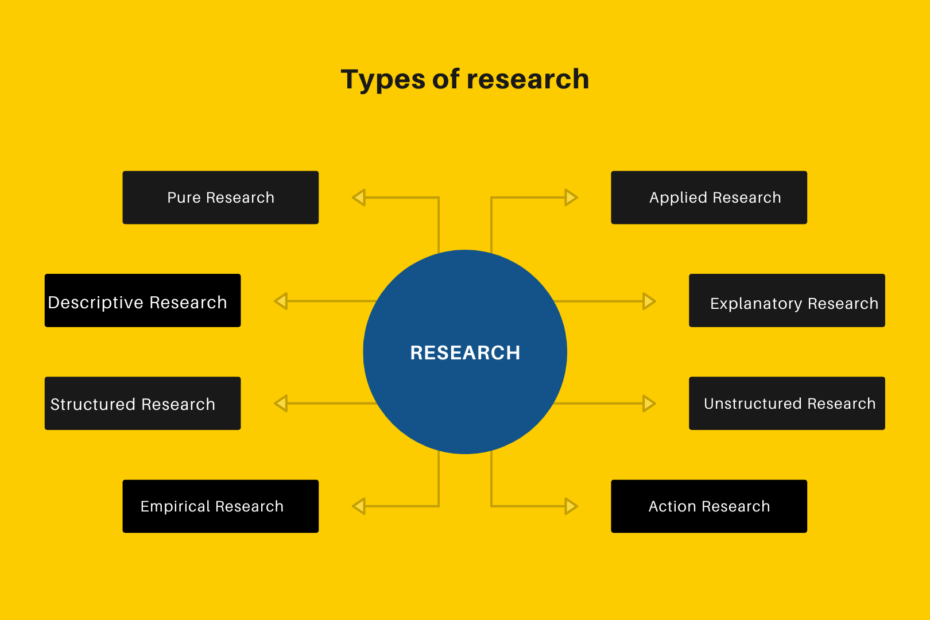5 Types of Research Design Elements and Characteristics Research Design Concepts
Table Of Content

However, when people were first asked about Republican leaders working with Obama, fewer said that Democratic leaders should work with Republican leaders (71% vs. 82%). One of the most common formats used in survey questions is the “agree-disagree” format. In this type of question, respondents are asked whether they agree or disagree with a particular statement. Research has shown that, compared with the better educated and better informed, less educated and less informed respondents have a greater tendency to agree with such statements.
The Process of Research Design
You may also choose to use or adapt existing materials designed to measure the concept you’re interested in – for example, questionnaires or inventories whose reliability and validity has already been established. As well as deciding on your methods, you need to plan exactly how you’ll use these methods to collect data that’s consistent, accurate, and unbiased. You can choose just one data collection method, or use several methods in the same study. A population can be made up of anything you want to study – plants, animals, organisations, texts, countries, etc. This approach is about gaining a rich, detailed understanding of a specific context or phenomenon, and you can often be more creative and flexible in designing your research.
Descriptive Research Design
In this article, we will look at the important features of various types of research study designs used commonly in biomedical research. Quasi experimental designs are useful when randomization is impractical or unethical. This involves manipulating variables to establish cause-and-effect relationships. Research design is your blueprint to answer questions through collecting data.
Research Process – Steps, Examples and Tips

Questions that ask respondents to evaluate more than one concept (known as double-barreled questions) – such as “How much confidence do you have in President Obama to handle domestic and foreign policy? ” – are difficult for respondents to answer and often lead to responses that are difficult to interpret. In this example, it would be more effective to ask two separate questions, one about domestic policy and another about foreign policy. An example of a wording difference that had a significant impact on responses comes from a January 2003 Pew Research Center survey. When people were asked whether they would “favor or oppose taking military action in Iraq to end Saddam Hussein’s rule,” 68% said they favored military action while 25% said they opposed military action.

A correlational design examines the relationship between two or more variables without intervening in the process. In marketing, an example of experimental research would be comparing the effects of a television commercial versus an online advertisement conducted in a controlled environment (e.g. a lab). The objective of the research is to test which advertisement gets more attention among people of different age groups, gender, etc.
What are the characteristics of Research Desig•
Social Psychology Research Methods - Verywell Mind
Social Psychology Research Methods.
Posted: Mon, 06 Nov 2023 08:00:00 GMT [source]
Case studies are often used in psychology, sociology, and business to explore complex phenomena or to generate hypotheses for further research. By comparing their outcomes in biochemical tests, the researcher can confirm that the changes in the plants were due to the sunlight and not the other variables. An experimental research design helps researchers execute their research objectives with more clarity and transparency. Although RCTs are considered ‘gold standard’ in research, their status is at crossroads today.
The analyst here would ask participants to complete surveys about their physical activity levels and mental health status. The function of a research design is to ensure that the evidence obtained enables you to effectively address the research problem logically and as unambiguously as possible. A variable represents a measurable attribute that varies across study units, for example, individual participants in a study, or at times even when measured in an individual person over time. Some examples of variables include age, sex, weight, height, health status, alive/dead, diseased/healthy, annual income, smoking yes/no, and treated/untreated. These examples demonstrate the diversity of research designs used in different fields to address a wide range of research questions and objectives.
The research design is usually incorporated into the introduction of your paper. You can obtain an overall sense of what to do by reviewing studies that have utilized the same research design [e.g., using a case study approach]. With this in mind, a common mistake made by researchers is that they begin their investigations before they have thought critically about what information is required to address the research problem. Without attending to these design issues beforehand, the overall research problem will not be adequately addressed and any conclusions drawn will run the risk of being weak and unconvincing. There are some terms that are used frequently while classifying study designs which are described in the following sections. Plunge into the depths of data collection with Survey Research, extracting insights into attitudes, characteristics, and opinions.
How to Conduct Descriptive Research Design
Quantitative research is for cases where statistical conclusions to collect actionable insights are essential. Numbers provide a better perspective for making critical business decisions. Quantitative research methods are necessary for the growth of any organization. Insights drawn from complex numerical data and analysis prove to be highly effective when making decisions about the business’s future.
Start by clarifying your research objectives and the type of data you need to collect. Determine whether your study is exploratory, descriptive, or experimental in nature. Consider the availability of resources, time constraints, and the feasibility of implementing the different research designs.
For example, if you’re studying smartphone addiction among adolescents in your community, you could deploy a survey to a sample of teens asking them to rate their agreement with certain statements that relate to smartphone addiction. The collected data would then provide insight regarding how widespread the issue may be – in other words, it would describe the situation. Research design refers to the overall plan, structure or strategy that guides a research project, from its conception to the final data analysis. A good research design serves as the blueprint for how you, as the researcher, will collect and analyse data while ensuring consistency, reliability and validity throughout your study. Correlation research design establishes a relationship between two related variables.
You may find that some patients prefer cognitive-behavioural therapy (CBT) while others prefer to rely on herbal remedies. Based on multiple, iterative rounds of analysis, you could then develop a theory in this regard, derived directly from the data (as opposed to other preexisting theories and models). Experimental research design is used to determine if there is a causal relationship between two or more variables.
Comments
Post a Comment